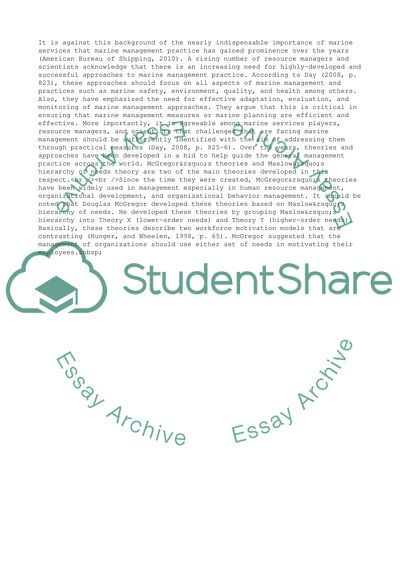Cite this document
(McGregors Theories and Maslows Hierarchy of Needs in Relation to Coursework, n.d.)
McGregors Theories and Maslows Hierarchy of Needs in Relation to Coursework. https://studentshare.org/management/1769303-distinguish-between-and-discuss-mcgregors-theories-and-maslows-hierarchy-of-needs-in-relation-to-modern-marine-management-practice
McGregors Theories and Maslows Hierarchy of Needs in Relation to Coursework. https://studentshare.org/management/1769303-distinguish-between-and-discuss-mcgregors-theories-and-maslows-hierarchy-of-needs-in-relation-to-modern-marine-management-practice
(McGregors Theories and Maslows Hierarchy of Needs in Relation to Coursework)
McGregors Theories and Maslows Hierarchy of Needs in Relation to Coursework. https://studentshare.org/management/1769303-distinguish-between-and-discuss-mcgregors-theories-and-maslows-hierarchy-of-needs-in-relation-to-modern-marine-management-practice.
McGregors Theories and Maslows Hierarchy of Needs in Relation to Coursework. https://studentshare.org/management/1769303-distinguish-between-and-discuss-mcgregors-theories-and-maslows-hierarchy-of-needs-in-relation-to-modern-marine-management-practice.
“McGregors Theories and Maslows Hierarchy of Needs in Relation to Coursework”. https://studentshare.org/management/1769303-distinguish-between-and-discuss-mcgregors-theories-and-maslows-hierarchy-of-needs-in-relation-to-modern-marine-management-practice.


